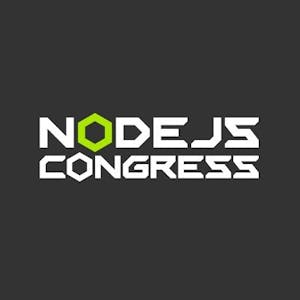Migrating a large frontend application, say, moving from AngularJS to React can feel overwhelming at first. It’s easy to think of it as a huge “all-or-nothing” rewrite. But in reality, a gradual migration, done one piece at a time, is not only possible, it's actually the smarter way to go.
In this talk, I’ll walk you through what it really takes to pull off a migration like this without disrupting your team or your product.
We’ll look at some of the common challenges you’ll run into like dealing with two different routing systems, keeping state consistent across frameworks, and managing bundle size when both frameworks need to live side by side for a while.
We’ll also get into practical strategies that have worked well in real-world projects, including patterns like the Strangler Fig. The goal is to give you a clear, realistic path forward so you can modernize your app, reduce tech debt, and end up with a cleaner, more maintainable codebase all without grinding your velocity.
This talk has been presented at React Summit US 2025, check out the latest edition of this React Conference.




















Comments